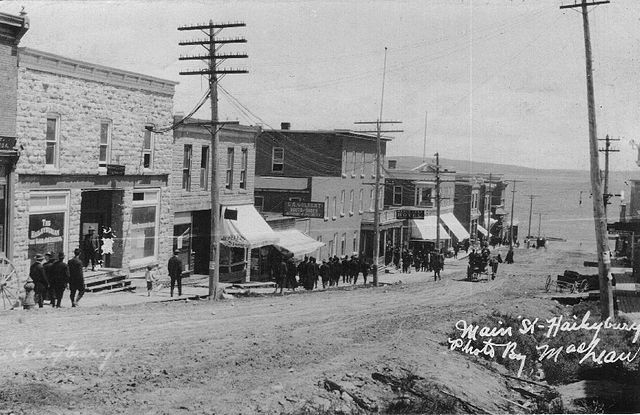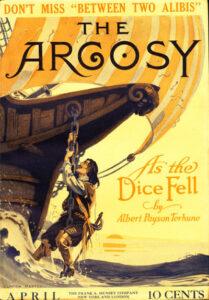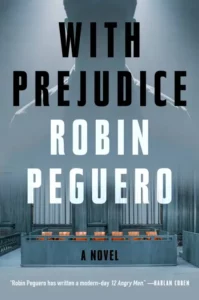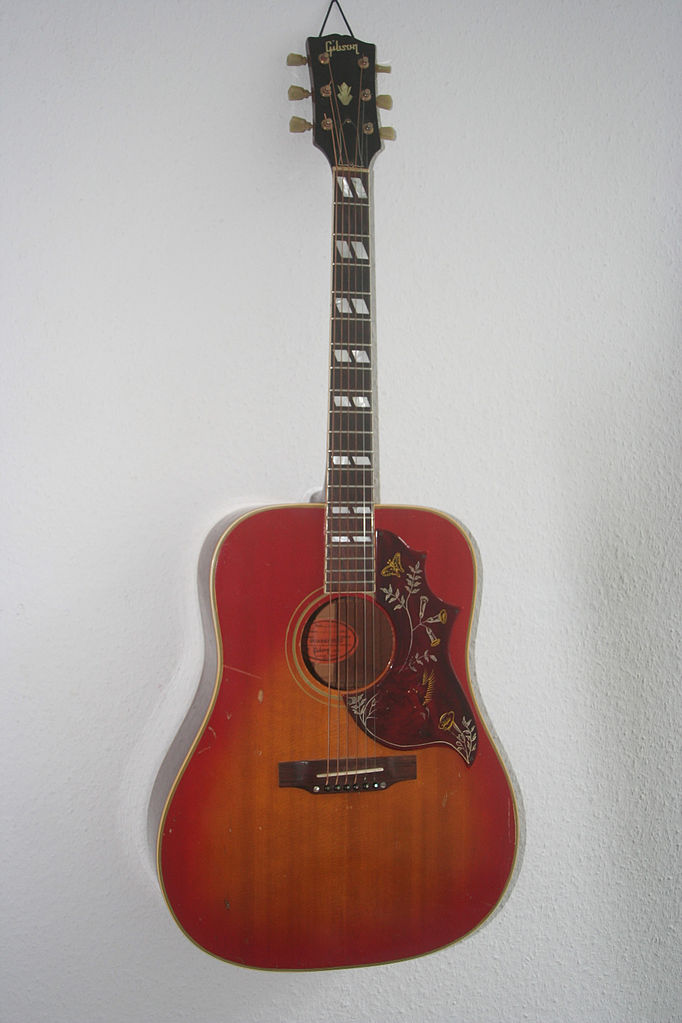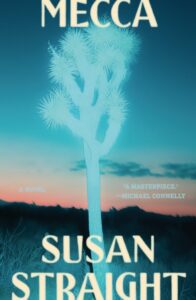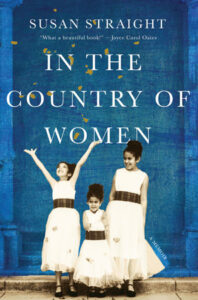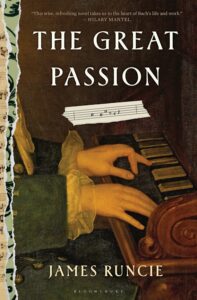
Music for comfort and beauty amidst the suffering – the life of Johann Sebastian Bach (Leipzig, Germany; 1726 – 1750): What role does music play in our lives?
Music as the central theme of The Great Passion drew me to this supreme novel because passion for the arts tends to propel its way into enchanted prose. I had no idea that British writer James Runcie’s 11th historical novel was as much about faith as it is about art.
The thing is you don’t have to subscribe to Bach’s deeply held religious beliefs, or any other Protestant or Christian denominations, to appreciate what Runcie has achieved. I say that with confidence since I’m not of the Christian faith, nor someone who’s studied the scriptures. Nor, one of an amazing number of Bach scholars who’ve devoted their lives to understanding one of the greatest classical composers in history and the meaning of his masterworks. Nor a musicologist or musician well-versed in music terminology – cantata, courante, andante, toccata, fugue, allemande – and can play the “King and Queen of instruments,” the organ, or the harpsichord, oboe, viola, violin, even the recorder. Because “the trick is to give particular voice to universal feelings,” Bach says to his prized thirteen-year-old, soprano singing student Stefan at the all-boys boarding Latin music school St. Thomas, as Musical Director (Cantor) in the “devout town” of Leipzig, Germany in the first half of the 18th century.
By focusing on a specific piece of classical “sacred music” – The Passion According to St Matthew introduced to the parishioners at the St. Thomas Church on Good Friday, April 11, 1727 – The Great Passion is more universal than that. It’s meant to show how “love and sorrow came together in the same word, passion.” It’s more about “how we live” than how “we may travel through the shadow of death.” And it’s certainly about how music can “console us through our desolation, and leave our hearts with unexpected joy.”

By Zarafa [CC BY-SA 3.0]
via Wikimedia Commons
In posing provocative philosophical and existential questions, the novel asks universal questions about the meaning and purpose of a well-lived life. “How can our time on earth be enjoyed”? Do we have to suffer to appreciate “bliss” even from a secular perspective? Of course, there’s many “moments of grace” that are religious, specifically Bach’s religion Lutheranism, with its roots going back to the 1500s to when Martin Luther questioned Catholicism and set off the Protestant Reformation.
To get a feel for how you can “give sorrow such beauty” in music (which Runcie does novelistically), here’s a seven minute clip of the 3 to 3 ½ hours long performance of St Matthew Passion, considered one of the greatest pieces of sacral music played during Holy Week:
Runcie explores both the music and the man.
Johann Sebastian Bach/Sebastian was highly disciplined, hot tempered, and exultant about his life’s purpose: “to give our lives to our music” aimed at “striving for a defining beauty.” His music resonates with his sorrow over the death of his first wife, Maria Barbara, and raw grief losing his three-year-old daughter Etta.
He’s not the only character burdened by grief. Stefan recently lost his mother. His organ-making father sent him away from his home in Freiberg for a year telling him that to make organs he must first learn what it feels like to play one. But it’s his singing voice that endears him to Sebastian. A voice that at his age could break at any time. The fragility of life is a tenderhearted theme, seen in Stefan’s friendship with Bach’s oldest daughter Catharina, a “lonely beauty” with a passion for butterfly collecting. Grief is a bond they share, both mourning the loss of their mothers.
When the novel opens in 1726, Bach is the father of eight children: four from his first marriage and four from his second to Anna Magdalena, as beautiful and saintly as her name implies. Immensely devoted to Bach, sixteen years older, caring for and loving so many children at age twenty-four. By the time the novel ends in 1750, he’s fathered more children than probably anyone you’ve known. Which makes Anna a fascinating woman, who says, “If a house has enough love, there’s always space.” Miserably unhappy Stefan doesn’t have any space for himself nor does he feel he belongs at the school. A victim of tremendous bullying on account of his red-hair and jealousy by other students that the Cantor now favors him. “My wife will look after you,” Bach assures Stefan, thus welcoming him into their hectic “music-making,” playing, and singing family.
Readers may be surprised how different this novel is from Runcie’s six The Grantchester Mysteries adapted into PBS’s Grantchester series, now in its 7th season, set in a cozy 1950s English village outside Cambridge where the author lives. Googling, you’ll learn Runcie’s father was the Archbishop of Canterbury, so it’s not a surprise his fictional detective Sydney Chambers is a member of the clergy. Moreover, that he’d bring so much insight, knowledge, and passion into composing this ambitious novel.
The Great Passion opens when Stefan, our narrator, is now thirty-seven. “There are gaps of time into which we sometimes fall, when the pattern of our days is suspended,” he intimately opens his story that tells Bach’s story. Reflecting on what it was like to be one of “the first to sing Bach’s music” and to be swept up into the world of JSB, his is a coming-of-age story learning how to live with grief and go on with your life over time. “Time is the best preacher.”
Time as a theme is ever-present, as Stefan and the reader know his time with the Bach family is predetermined. Everyone feels the anxiety and urgency of time as the master’s deadline approaches for playing his masterpiece on the most sacred day in Christianity. Stefan also struggles with learning how to “sing out into the spaces” – “like a breeze towards the altar; a blessing, a scent of summer, the flow of a river, God’s grace.”
There’s so much grace and sensitivity in the pages. Until you reach page 200. For a few pages, your senses are abruptly interrupted with a shocking event that takes place in the town. Your first reaction, at least mine was: Why is this here? The fact that it bursts into the story sent me looking for an explanation. Runcie understands not all is beatific in this town, but doesn’t dwell on the controversy: anti-Semitism. He could have chosen an earlier sacral piece of Bach’s music St John Passion, also played during the holiest week in the Christian faith, engendering greater angst.
Arising from Bach’s staying true to Martin Luther’s scriptural faith written in the lyrics – centuries-old beliefs that the Jewish people are responsible for the death of Jesus Christ. The novel also suggests what others believe. That Bach felt everyone was responsible for the pain, suffering, and sacrifice, including Lutherans. (Some examples discussing the controversy from both sides: 1, 2, 3, and 4).
Runcie, though, focuses on Bach’s passion for people working together to create something far better than any single person could. The lofty message is we’re all in this thing called life together. Interestingly too is that Bach didn’t write the controversial lyrics. His friend, a famous “flamboyant” (as in wore a “lilac coat”) German poet who called himself Picander, wrote the “libretto” to Bach’s music exemplifying how “loss was part of love.”
No denying there’s a great deal of religious fervor to digest and reflect upon. But there’s also the secular, universal pursuit of the “great examination of what it means to be alive.”
Lorraine


